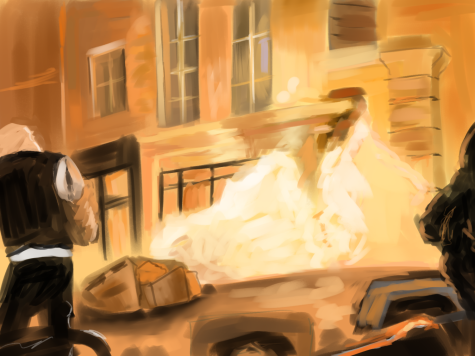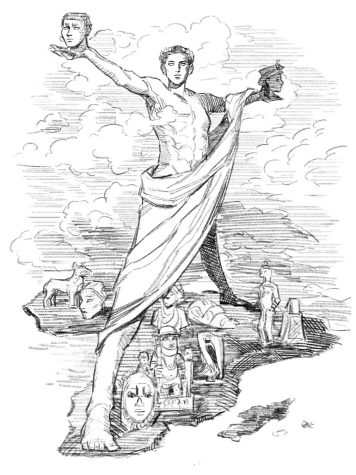Filipino President Duterte Lifts Martial Law
January 3, 2020
Last Tuesday, Filipino President Rodrigo Duterte decided to end the two-year period of martial law in the southern Philippines. This decree follows his assessment of the currently weakened conditions of formerly prominent ISIS militant groups, which had terrorized the country over two years ago. Presidential spokesman Salvador Panelo confidently said in a statement that “any incipient major threat in the region would be nipped in the bud” [1]. The date of termination is set on December 31st, concluding the Philipines’s longest period under martial law since the dictatorship of Ferdinand Marcos in the 1970s.
In the Philippines, the president can place an area under the control of the Filipino military in times of violence or even natural disasters. This declaration permits the military to arrest citizens without warrants, the government to establish curfews, and the courts to suspend civil law. In September of 1972, President Marcos imposed martial law on the entire Philippines, creating and preserving a nation that jailed all opposition politicians and permitted the president to suspend the writ of habeas corpus. For the next eight years, numerous groups, including Maoist communists and Muslim separatists, rebelled in an effort to dismantle Marcos’s government, but all were unsuccessful. Thus today, many Filipinos link martial law to a time of inequality and oppression.
On May 23rd, 2017, President Duterte commenced martial law on the island of Mindanao after Middle Eastern and South Asian Islamist militants associated with the Islamic State of Iraq and the Levant, or ISIS, attempted to convert the city of Marawi into an Islamic caliphate. Over the course of five months, the urban gunfight endured, leaving more than 1,000 people dead, including key ISIS leaders and innocent Filipino citizens. By October, with the help of American and Australian allies, President Duterte declared victory but chose not to lift the martial law, claiming that the threat still lingered in the wrecked city.
Despite the government’s assurance of the essential declaration of martial law, many citizens have felt caged for the past two years, questioning its true competence. Welcoming the conclusion of it, rights activist Drieza Abato Lininding said, “Marawi under martial law is like living in an internment camp, where people are forced to obey even if what they do is against their will” [1]. Though some Marawi residents support the government’s implementation of martial law, many of its advocates are government officials who view it as a valiant effort in the fight on terrorism.
Within the past 16 months, four suicide bombings by ISIS-linked militants — and countless more stopped by the Filipino police — have rattled the southern Philippines. However, the Filipino Defense Secretary Delfin Lorenzana has assured that government forces “can maintain the peace and order there and improve it further, make it more peaceful, without martial law” [2]. Only time will tell if President Duerte’s decision in ending martial law will maintain the security of Mindanao against Islamic State militants.
[1] https://www.nytimes.com/2019/12/10/world/asia/duterte-martial-law-philippines.html
[2] https://apnews.com/284ca70c2aced71df6ee66e57c037248
[3] https://www.britannica.com/biography/Ferdinand-E-Marcos
[4] https://www.channelnewsasia.com/news/asia/philippines-attempted-bombing-islamic-state-12067572


